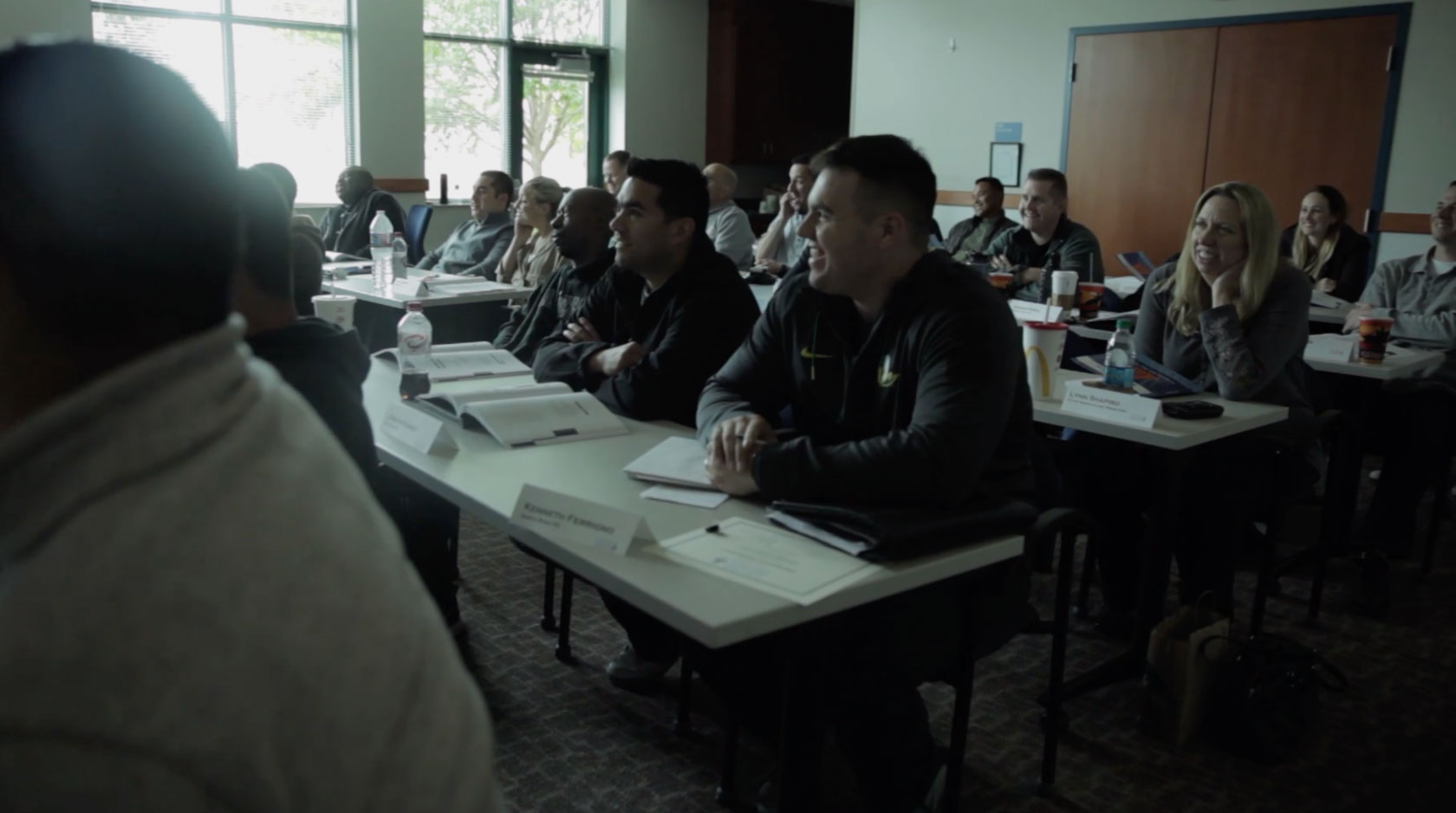Your training has made the greatest and most direct impact on my assignment of any training class that I've taken.

Article #1 – Conspiracy Investigations
Criminals increase their likelihood of success when they organize. Law enforcement officials are faced with the problem of potential terrorist attacks, drug dealers and street gangs. These criminal organizations prey on members of our community and in many cases their numbers are expanding. Arresting one or two people for individual crimes has no impact on their criminal organization and does little in providing a long-term solution to the dangers these other criminals present.
A proven way of eliminating all types of criminal organizations is by police investigators focusing primarily on the elements of the crime of conspiracy first, and the substantive crimes they commit second. Conspiracy laws are a potent tool in the investigator’s bag since it enables him or her to eliminate an entire organization by reaching out and striking a devastating blow to all of its members simultaneously.
Rather than developing separate evidence against individual members of a criminal organization, conspiracy law allows the investigator to use the evidence gathered against one conspirator to be used against other conspirators, thus expanding an existing criminal investigation to its fullest.
CONSPIRACY DEFINED
Simply defined, a conspiracy is an unlawful agreement by two or more persons to violate the law. Whether or not the conspirators accomplished what they conspired to do is immaterial to the question of guilt or innocence in regard to a conspiracy. The success or lack of success of the conspiracy doesn’t matter, because a conspiracy is a crime entirely separate and distinct from the substantive crime that is the goal of the conspiracy. It is the agreement the investigator seeks to prove because it is the crime of conspiracy. Conspiracy does not become a lesser-included offense of the crime the conspirators set out to commit. It is not an attempt to commit a crime. In other words, the charge of conspiracy is not, and does not, become part of the substantive crime when it is committed, regardless if it is to hijack airplanes, bomb buildings, sell drugs, or have someone killed.
Investigators should always keep in mind that whatever evidence they gather, they must present it to the twelve human beings who comprise a jury. They must keep it simple enough so any juror will conclude that the defendants reached an agreement to commit the crime in question.
EXCEPTION TO THE HEARSAY RULE OF EVIDENCE
In most jurisdictions, police need to prove that at least one member of the conspiracy committed an overt act. An overt act is anything done to further the goal of the conspiracy such as stealing a car to be used in the getaway of a robbery. Since conspiracies are secret in nature, and each coconspirator is an agent of the other, prosecutions are allowed an exception to the hearsay rule of evidence. “Hearsay” is a statement, other than one made by the person testifying at a trial or hearing, offered in evidence to prove the truth of the matter asserted. This means an undercover agent, informant, or cooperating defendant can testify about the words, deeds, and actions of the coconspirators. This is a tremendous advantage over non-conspiracy criminal prosecutions and is reason in itself to charge eligible criminals with conspiracy when applicable.
FAR REACHING EFFECTS
Drug agents know through training and experience that it is virtually impossible to commit a drug crime alone. Conspiracy laws allow drug agents to seek indictments for all of the coconspirators during the course of a single investigation. Without United States conspiracy laws such as 21 USC § 846 and 963 (distribution and importation of controlled substances), federal authorities could not indict, arrest, and try suspected international drug criminals who conspire to violate U.S. drug laws outside America’s borders. Conspiracy investigations work equally well against terrorist organizations and street gangs.
Every state has conspiracy statutes, and federal criminal codes have a general conspiracy law as well as different conspiracy laws for specific crimes. Some of these conspiracy laws call for the punishment to be the same as the crime the defendants conspired to commit. This means the defendants can potentially receive twice the sentence for the crime they commit if their involvement in a conspiracy is proven.
PINKERTON THEORY OF VICARIOUS LIABILITY
In a 1946 U.S. Supreme court case (Pinkerton v. U.S, 328 U.S. 640, 66 S. Ct. 1180, 90 L.Ed. 1489 (1946), the justices ruled that conspirators can be charged with substantive offenses committed by any co-conspirators throughout the life of the conspiracy provided: 1) They were in the conspiracy at the time the offense was committed; 2) The offense was committed in furtherance of the conspiracy; 3) The offense was a foreseeable consequence of the conspiracy. In the robbery example above, the conspirator who stole the car to escape would make all members of the conspiracy guilty of auto theft.
CONCLUSION
Conspiracy investigations have been proven to be an effective tool that can potentially eliminate an entire criminal organization. Prosecutors who do not charge defendants with conspiracy law violations are handicapping themselves at trial. Criminal defense attorneys know that it is extremely hard to defend someone against a conspiracy charge because the government merely has to prove an agreement took place. When you consider all the advantages conspiracy laws provide, it becomes apparent they need to be enforced.
Gregory D. Lee is a retired DEA Supervisory Special Agent and the author of Conspiracy Investigations: Terrorism, Drugs and Gangs published by Prentice Hall, which is available through the Third Degree Communications store. He is now a nationally syndicated columnist and be reached through his website: www.gregorydlee.com.
If you wish to print and share this Legal Update Training Bulletin with your colleagues, credit must be given to Third Degree Communications, Inc. and the Author.